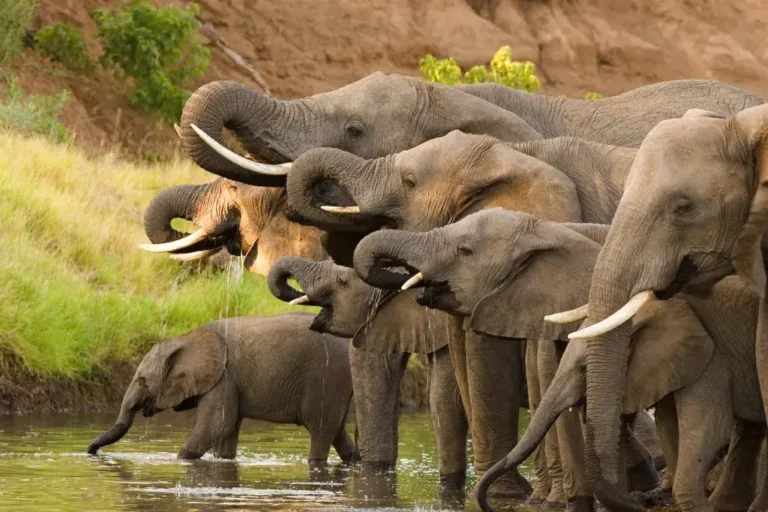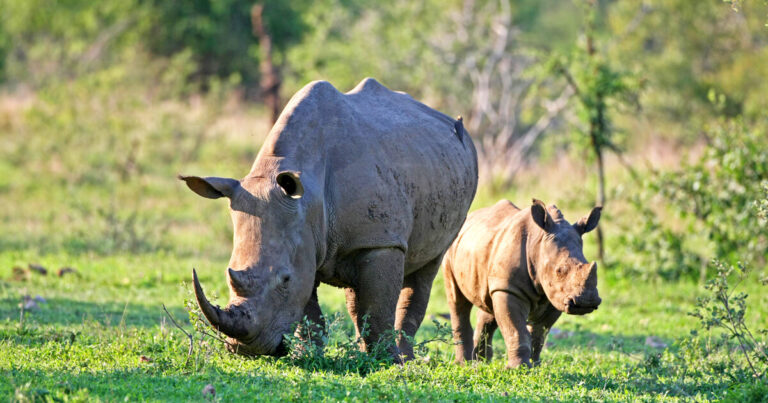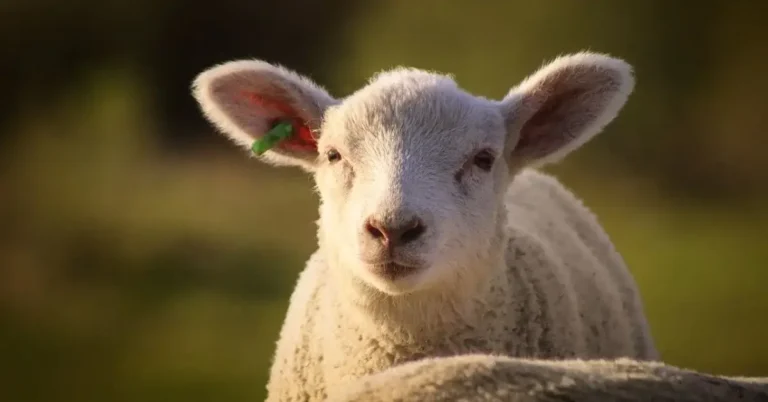Tasmanian Devil: An In-Depth Look at the Fierce Marsupial
The Tasmanian devil (Sarcophilus harrisii) is one of Australia’s most iconic and fascinating creatures. Known for its ferocious demeanor, this small, carnivorous marsupial is endemic to Tasmania. Despite its menacing reputation, the Tasmanian devil is vital in maintaining the ecosystem.
This article explores the scientific classification, physical characteristics, habitat, behavior, diet, reproduction, predators, conservation status, and more.
Contents
Scientific Classification
- Kingdom: Animalia
- Phylum: Chordata
- Class: Mammalia
- Order: Dasyuromorphia
- Family: Dasyuridae
- Genus: Sarcophilus
- Species: Sarcophilus harrisii
The Tasmanian devil belongs to the family Dasyuridae, which includes other carnivorous marsupials like quolls. Its scientific name, Sarcophilus harrisii, translates to “flesh-loving” in Greek, reflecting its predatory nature.
Physical Characteristics

The Tasmanian devil is the largest carnivorous marsupial currently in existence. Despite its name, the creature is relatively small:
- Size: 50–80 cm (20–31 inches) in length
- Weight: 6–8 kg (13–18 pounds), with males generally larger than females
- Appearance: A stocky body covered in coarse black fur, often with white markings on the chest or rump
- Jaw Strength: A powerful bite that can exert pressure over 500 PSI, allowing it to crush bones with ease
- Teeth: Sharp, carnivorous teeth designed for tearing meat
- Nocturnal Vision: Large, round eyes adapted for nighttime hunting
The Tasmanian devil’s fearsome growl, sharp teeth, and powerful bite make it a formidable scavenger.
Habitat
Tasmanian devils are native to Tasmania, the island state off the southern coast of Australia. They occupy a wide range of habitats:
- Dense forests: Their preferred environment, offering cover and abundant prey
- Coastal scrublands: Devils are often found near the coast, scavenging for marine carcasses
- Agricultural areas: They adapt well to human-altered environments, feeding on livestock remains
- Shelter: They sleep in dense bushland, caves, or hollowed logs during the day
Historically, Tasmanian devils were also found on mainland Australia, but competition with dingoes likely contributed to their disappearance.
Behavior

- Nocturnal: Tasmanian devils are primarily active at night, scavenging and hunting for food.
- Solitary Creatures are generally solitary, only coming together during feeding or mating.
- Vocalization: Known for their screeches, growls, and fierce vocalizations, particularly during feeding frenzies.
- Scent Marking: They use scent to mark their territory and communicate with other devils.
- Defensive Posture: When threatened, they open their jaws wide in a threatening display, although they generally avoid confrontation unless cornered.
Diet
Tasmanian devils are opportunistic carnivores and scavengers, primarily feeding on carrion but also hunting small prey:
- Carrion: Devils play a crucial ecological role as scavengers, cleaning up dead animals.
- Small Prey: They hunt birds, reptiles, insects, and small mammals like possums and wallabies.
- Bone Eaters: Tasmanian devils can consume entire carcasses, including bones and fur, thanks to their powerful jaws.
Their ability to consume up to 40% of their body weight in one meal has earned them the nickname “gluttonous feeders.”
Reproduction
Tasmanian devils have a unique reproductive cycle that reflects their marsupial nature:
- Breeding Season: Mating occurs in March, with females giving birth in April.
- Gestation: The gestation period is short, around 21 days, after which the mother gives birth to 20–30 tiny, undeveloped young.
- Pouch: Only four offspring will survive, as the female has just four teats in her pouch. These survivors remain in the pouch for about four months.
- Weaning: After emerging from the pouch, the young remain with the mother for another three months before becoming independent.
Tasmanian devils reach sexual maturity at around two years and have a relatively short lifespan of up to five years in the wild.
Predators and Threats
Historically, the Tasmanian devil had few natural predators, but now they face various threats:
- Human Activity: Habitat destruction and roadkill pose significant risks to their population.
- Disease: The most notable threat is the Devil Facial Tumor Disease (DFTD), a contagious cancer that has decimated devil populations by nearly 80% in some areas.
- Invasive Species: Feral cats and dogs may compete with Tasmanian devils for food, further endangering them.
Conservation Status
The Tasmanian devil is listed as Endangered on the IUCN Red List due to the rapid decline in its population caused by Devil Facial Tumor Disease (DFTD). Conservation efforts are ongoing:
- Captive Breeding: Breeding programs in captivity aim to preserve disease-free populations.
- Quarantine Zones: Disease-free areas have been established to protect healthy individuals.
- Research: Scientists are studying DFTD to develop a vaccine or treatment to halt the disease’s spread.
These efforts have shown some success, offering hope for the species’ future.
Evolutionary History
The Tasmanian devil’s evolutionary lineage dates back over 50 million years, with ancestors that roamed across ancient Australia. Fossils indicate that the devil’s closest relatives are quolls and other carnivorous marsupials. The extinction of larger marsupials like the thylacine (Tasmanian tiger) allowed the Tasmanian devil to become the apex predator in Tasmania.
Interesting Facts
- World’s Largest Carnivorous Marsupial: The Tasmanian devil holds this title following the thylacine extinction.
- Unique Immune System: Researchers are fascinated by the devil’s immune system, which appears to have a natural resistance to DFTD in some individuals.
- Fierce but Shy: Despite their aggressive feeding behavior, Tasmanian devils are shy and tend to avoid humans.
Relationship with Humans
Historically, Tasmanian devils were considered pests, particularly by farmers, who feared they would prey on livestock. However, devils rarely attack live animals, preferring carrion. In modern times, the devil has become a symbol of Tasmania, and efforts to save the species have garnered public support.
Ecotourism, featuring wildlife sanctuaries and conservation parks, has helped raise awareness and funding for devil conservation. The species now holds a unique place in Tasmanian culture; both feared for its ferocity and revered for its ecological importance.
Conclusion
The Tasmanian devil is a remarkable animal, fiercely tenacious yet critical to its environment as a scavenger. Despite severe challenges, including the deadly Devil Facial Tumor Disease, efforts to protect and conserve this endangered species are underway. Its unique traits, fascinating behavior, and vital role in Tasmania’s ecosystem make it a creature worth fighting for. By raising awareness and continuing conservation efforts, we can help ensure that the Tasmanian devil remains a key player in the island’s wildlife for generations to come.
- Golden Retriever Pros and Cons: What Every Pet Parent Should Know - 15 September 2025
- Cane Corso Dog Breed: Health, Care, and Lifespan - 14 September 2025
- Catahoula Leopard Dogs: Description, Temperament, Lifespan, & Facts - 21 July 2025







